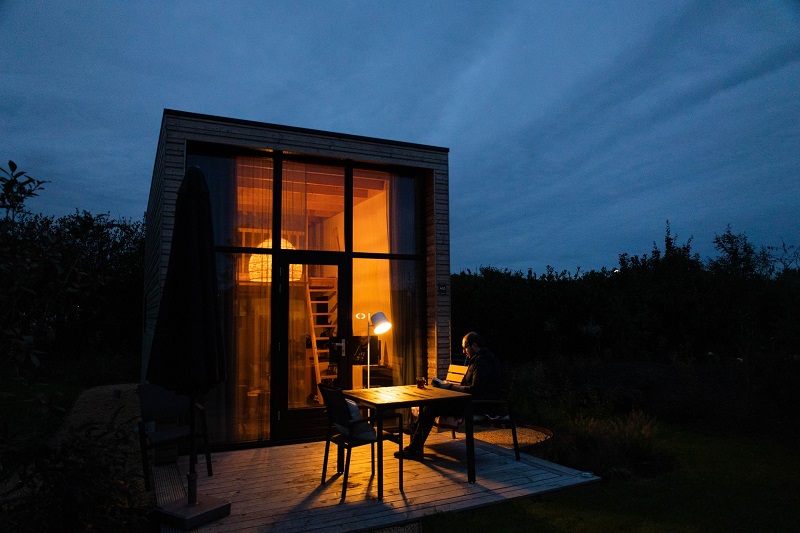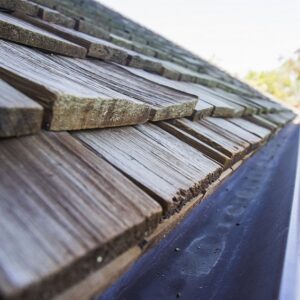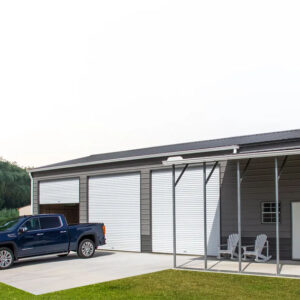Eco-friendly tiny homes are gaining momentum. Tiny homes cost less to buy and maintain than traditional homes. These homes cater to minimalists worldwide. Less house space allows you to focus on the goods that matter.
You won’t have much clutter in your eco-home.
Some homeowners want to go beyond the tiny home. They also want to promote green living with an environmentally friendly home.
Homeowners get to save the planet, have a better home, and save money. Who wouldn’t want all three in the same home?
We’ll share some strategies to help with building an eco-home.
1. Eco-Friendly Tiny Homes Need Plants
Adding plants to your home provides many benefits. You’ll get more oxygen in your home and breathe fresh air.
The benefits of plants extend beyond enhanced air quality. You’ll become more productive, less stressed, and improve your mood.
Plants help you as much as they help the planet. Make sure you include several of them in your environmentally friendly home.
2. Use Solar Panels
Solar panels let you harness the sun’s energy. You can eliminate your utility bill while going green in the process.
You’ll want to leave solar panel installation to the professionals. You can find solar installation near you to assist with this technology.
Solar panels provide many tax advantages. The solar panels pay for themselves over time. You also get to save the planet by tapping into natural energy.
3. Capitalize on Windows
Windows make eco-friendly tiny homes look bigger. A source of natural light will also put you in a better mood.
Windows also help you conserve energy. You can use natural light instead of electricity during the day.
Using less electricity is part of green living. Windows help reduce your energy consumption.
4. Furnish Your Home With Sustainable Furniture
Why make new furniture when you can reuse existing furniture? Some homebuyers visit local thrift shops for their furniture needs. They score discounts without increasing production.
Some thrifters put on the DIY caps to enhance the furniture. A few small tweaks can make thrift furniture feel brand new.
Furniture seekers can also explore sustainable furniture. This furniture gets made with recycled parts.
Furniture makers don’t waste new materials on sustainable furniture.
Sustainable furniture has less of an impact on the planet. This furniture will also fulfill your needs like any piece of furniture.
5. Install a Rainwater Collection System
Solar panels let you tap into the sun for energy. A rainwater collection system does something similar with water.
Rainfall allows you to add resources to your home. This system collects water from the home’s roof. Water from the rood drainage system gets transported to a storage tank.
You can keep this water and use it throughout your home. Some rainwater collection systems provide year-round water for homeowners. Your success will depend on your system and how often it rains in your area.
Saving the World One Eco-Home at a Time
Eco-friendly tiny homes are the future. They minimize your carbon footprint and make you more independent. Building an eco-home may inspire others to follow in your footsteps. If you want to lead the way, this blog can help. It contains resources to assist with your eco-lifestyle.




